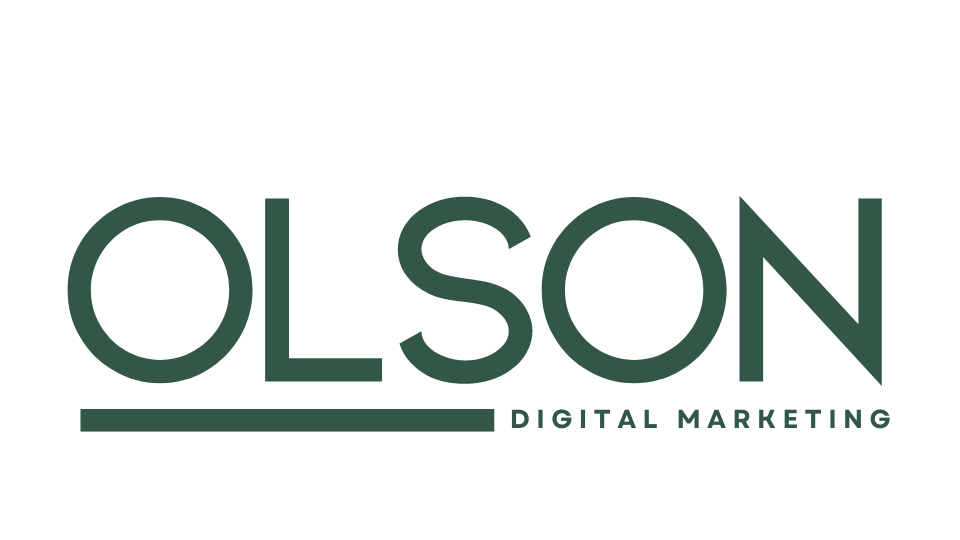
This is not an in-depth guide, but these ten tips from the London SEO team at Olson Digital Marketing should help get you started in the right direction.
SEO Tip #1 - Decide on Great Keywords
As shown on our Choosing the Right Keywords page, this is an essential part of the process. You need to choose the right keywords for your site. Find out more about keyword planning here.
SEO Tip #2 - Add your keywords to your meta title tags and descriptions
This is important for both London SEO and usability. Make sure that your keywords are included in the title of each page on your website, as well as any meta descriptions you may have (for example, if Google shows a preview image with text under it).
10 Tips Top Optimise Your Website for SEO
Tip #3 - Add author tags to your blog
Add Rel=author tags to your blog posts so that search engines know who wrote the article. This tells search engines that you are the author of the content and can help to increase your ranking for those particular keywords.
Tip #4 - Optimize your images with alt text and file names
When you upload an image to your website, make sure that you give the file a name and alt text that includes your keywords. As website design is hugely reliant on great imagery, this is a fantastic opportunity to optimise your site.
Tip #5 - Remember to include internal links
If you have other pages on your website that talk about the same subject matter as a particular page, make sure to include links from one page to another. This helps search engines determine which are most relevant for each keyword.
Tip #6 - Create an easy-to-use website navigation
Not only is this great for usability, but it also helps with SEO. Make sure that your website navigation is easy to understand and use. This means including clear labels and using breadcrumbs so that users can easily find their way around your site.
Tip #7 - Make sure you display your social media profiles
This is a great way to show users that your website is trustworthy. By displaying links to your social media profiles, you are telling users that you are active and engaged online. This can help to increase your website’s credibility.
Tip #8 - Use clear heading tags
When you write your content, make sure to use heading tags (H tags) to break up your text and organise it into easily-digestible chunks. This is also great for SEO, as search engines see the headings as important keywords.
Tip #9 - Stick to a limited amount of different fonts and colours
You want your website to look professional, not like a kid put it together. Make sure that you use only one or two fonts throughout the entire site (even if they are variations of each other). Also, make an effort to keep the same colour scheme throughout. This not only looks good but will help search engines recognise your site as being trustworthy and professional.
Tip #10 - Use a sitemap
A sitemap is a great way to show search engines exactly how your website is laid out. This can help them index your pages more effectively, which can lead to higher rankings. You can create a sitemap using XML or HTML.
So there you have it, 10 ways in which your website design can be optimized for better SEO. At Olson Digital Marketing, we have a checklist that includes all of these (and many more) to ensure your website has the best chances of ranking on Google Page 1 for the keyword or keywords that matter to you and your business.
Get in touch if you would like more help with your website design and/or Google rankings.

